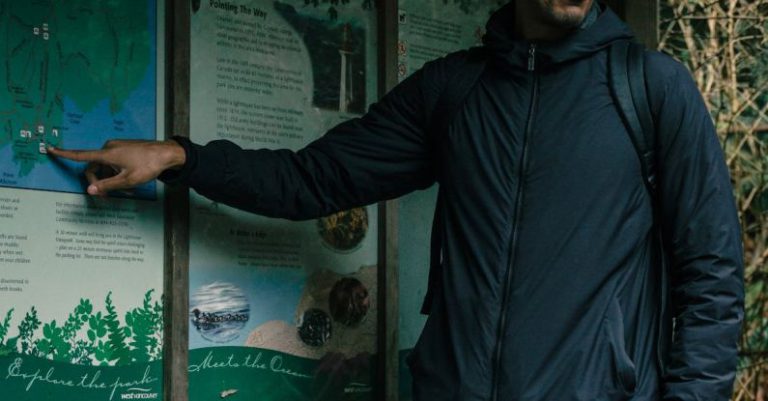
Embarking on a hiking adventure can be a thrilling and rewarding experience. Whether you are a seasoned hiker or just getting started, planning your hiking route using maps is essential for a safe and enjoyable journey. Maps are valuable tools that provide valuable information about the terrain, distance, elevation, and points of interest along the way. In this article, we will explore how you can effectively plan a hiking route using maps to make the most of your outdoor excursion.
Choose the Right Map
Selecting the right map is the first step in planning your hiking route. Topographic maps are highly recommended for hiking as they provide detailed information about the terrain, including elevation changes, water sources, and landmarks. Consider the scale of the map – a larger scale offers more detail but covers a smaller area, while a smaller scale covers a larger area but with less detail. Choose a map that covers the area you plan to hike and ensure it is up to date to avoid any surprises on the trail.
Understand Map Symbols
Before setting out on your hike, take the time to familiarize yourself with map symbols. These symbols represent various features such as trails, roads, rivers, and landmarks. Understanding map symbols will help you navigate effectively and identify important points along your route. Most maps come with a legend that explains the meaning of each symbol, so be sure to refer to it as needed.
Identify Your Starting Point
Once you have your map and understand the symbols, it’s time to identify your starting point. This could be a trailhead, parking lot, or any other designated starting location. Knowing where you will begin your hike is crucial for planning the rest of your route. Mark your starting point on the map and take note of any nearby landmarks that can help you orient yourself once you hit the trail.
Plan Your Route
When planning your hiking route, consider factors such as distance, terrain, elevation gain, and points of interest. Use the map to identify trails that suit your fitness level and hiking experience. Take into account the time of year and weather conditions to ensure a safe and enjoyable hike. Consider creating a loop trail or an out-and-back route based on your preferences and time constraints. Plot your route on the map using a highlighter or pencil to visualize the path you will take.
Check for Trail Closures or Restrictions
Before finalizing your hiking route, check for any trail closures or restrictions that may affect your plans. Some trails may be closed due to maintenance, wildlife activity, or seasonal conditions. It’s essential to stay informed about any changes that could impact your hike to avoid last-minute adjustments or disappointments. Check with local authorities, park websites, or hiking forums for updated information on trail conditions.
Pack Essential Gear
As you plan your hiking route, don’t forget to pack essential gear for your adventure. This may include a compass, GPS device, first aid kit, water, snacks, extra clothing layers, and a fully charged cell phone. Be prepared for unexpected situations by carrying items that can help you navigate, stay safe, and comfortable on the trail. Check the weather forecast and adjust your gear accordingly to ensure a successful hike.
Navigate with Confidence
Once you have planned your hiking route using maps and packed your gear, it’s time to hit the trail with confidence. Use the map to navigate your way, staying aware of landmarks, trail markers, and intersections along the route. Trust your map-reading skills and don’t hesitate to refer to the map as needed to stay on track. Enjoy the journey, take in the beauty of nature, and make memories that will last a lifetime.
In Summary
Planning a hiking route using maps is a fundamental aspect of any outdoor adventure. By choosing the right map, understanding map symbols, identifying your starting point, planning your route, checking for trail closures, packing essential gear, and navigating with confidence, you can ensure a successful and enjoyable hiking experience. Take the time to prepare and familiarize yourself with the map before setting out on your hike to make the most of your time in the great outdoors. Happy trails!





